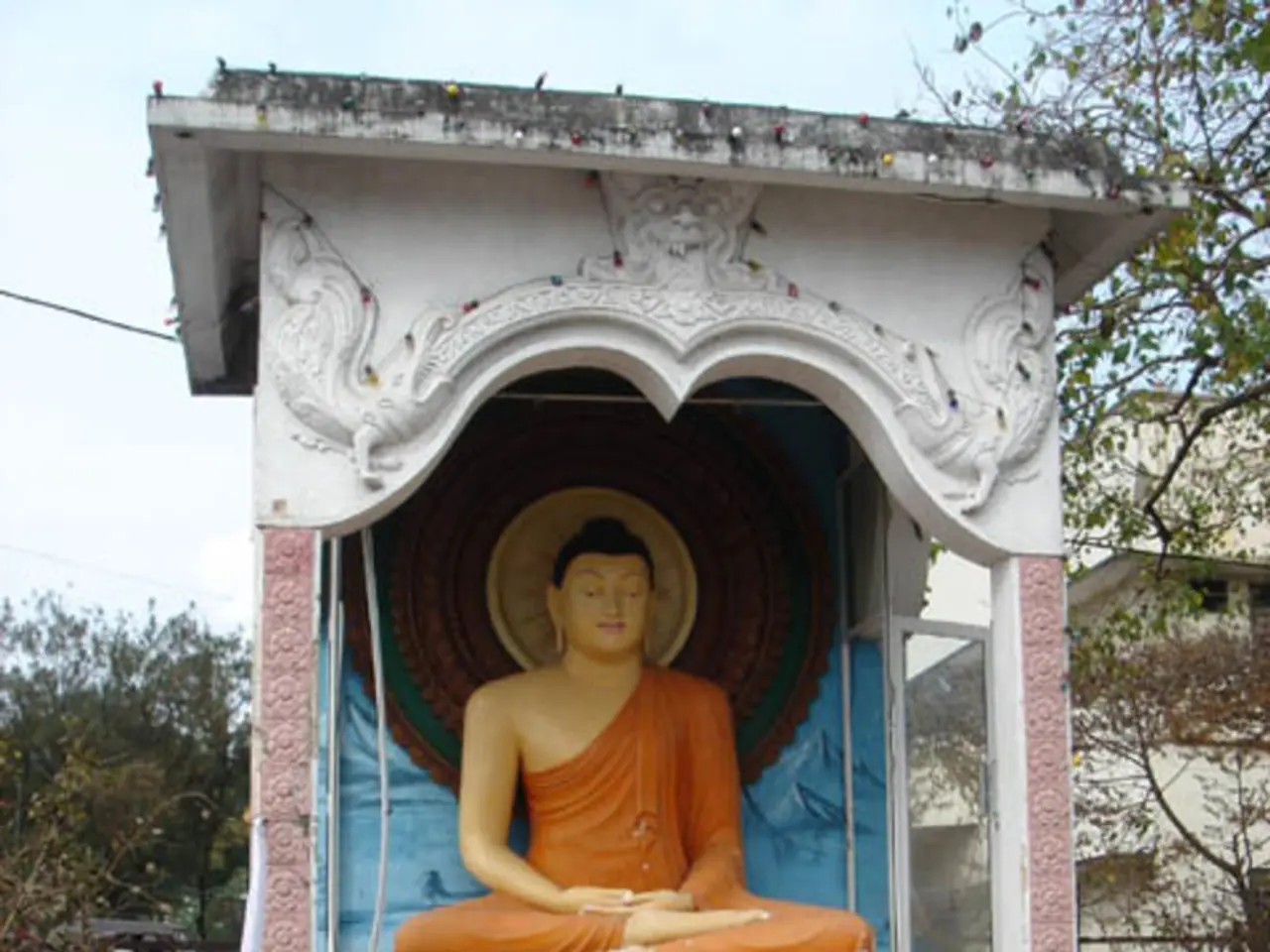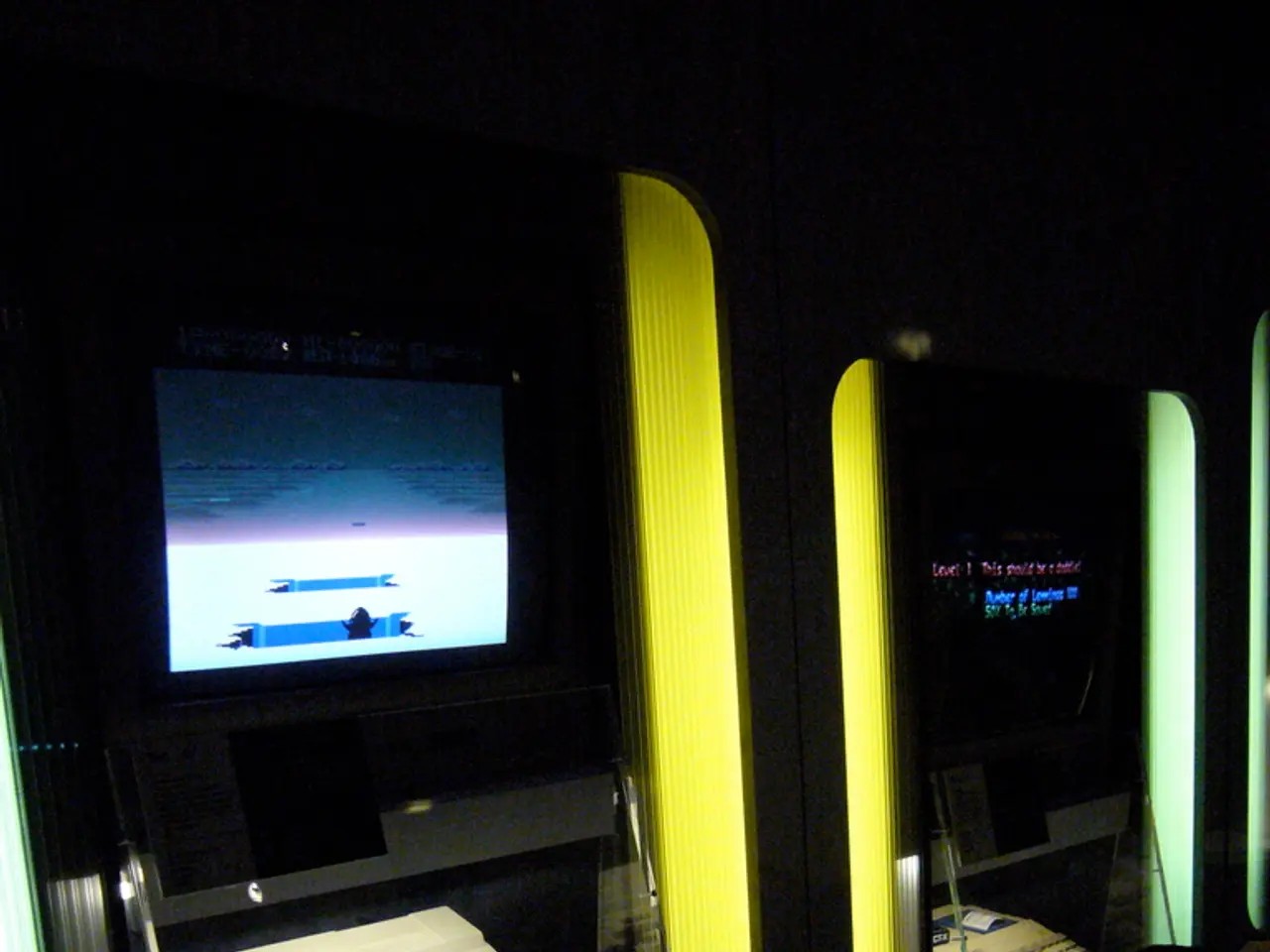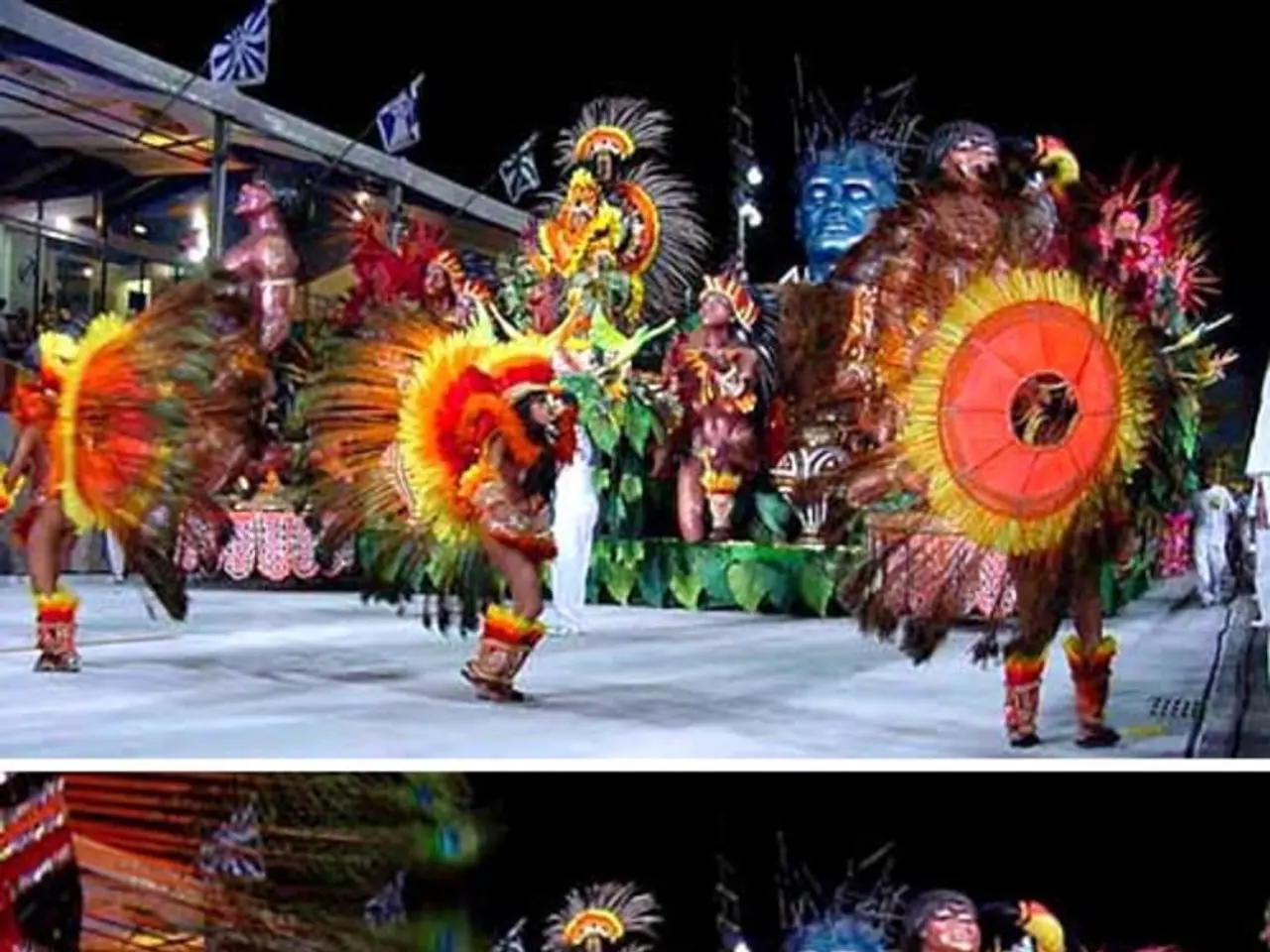Spain's colossal bull sculpture to stand as the nation's emblematic figure
In the heart of Spain, a proposed monument has ignited a national conversation about cultural identity, tradition, and modern values. The ambitious project, named "El Toro de España," envisions a 300-meter-tall metal bull sculpture standing tall as a national landmark and tourist attraction.
The statue, supported by the far-right Vox party and the Spanish Academy of Bullfighting, aims to celebrate Spain's bullfighting tradition, a fixed part of the country's culture for centuries. Supporters argue that it could boost tourism, create jobs, and generate income for host municipalities through participatory economic models.
However, the statue is not without controversy. Critics view it as a provocative symbol, given ongoing debates about bullfighting, which many consider animal cruelty and torture. Local animal rights groups have voiced their opposition, while some question whether such a massive symbol aligns with Spain’s modern self-image.
The statue, if built, would dwarf existing historic architecture, potentially disrupting city skylines. For instance, it would be nearly three times taller than the 800-year-old Gothic Burgos Cathedral, a World Heritage site. This has raised concerns among architectural preservationists and local officials, who have dismissed the project.
Madrid was initially proposed as the site for the statue but rejected the plan. Currently, Burgos, a city rich in historic sites, is the primary candidate, supported by Vox and the Spanish Academy of Bullfighting. However, local political skepticism persists, with other less tourist-frequented cities, such as Ciudad Rodrigo, also expressing interest.
The project is financed exclusively by private investors, with the potential for municipalities offering to host the statue to benefit from future earnings. The statue will be designed in the pose of a fighting bull, with viewing platforms planned in its horns. A tourist center with exhibitions, gastronomy, and retail spaces will be built at its base.
The statue's supporters argue that it will be a unique worldwide attraction, on par with iconic structures like the Eiffel Tower in Paris, the Statue of Liberty in New York, the Roman Colosseum, or the pyramids in Egypt. However, navigating the significant political and public opposition remains a challenge.
Jorge Álvarez, president of the Spanish Academy for Bullfighting, believes that every tourist takes a bull figurine home when they visit Spain, and the statue will be a memorable one. The tradition was declared a national cultural asset by the former conservative government in 2013.
The debate over "El Toro de España" continues, with the location of the bull statue yet to be decided. The outcome will likely shape Spain's cultural identity, balancing tradition versus modern values, and urban heritage preservation.
- Despite the ongoing dialogue about cultural identity and modern values in Spain, a proposed statue, "El Toro de España," aims to celebrate a traditional aspect of Spanish lifestyle, bullfighting, while positioning itself as a home-and-garden attraction, generating income through sustainable-living models.
- The global significance of "El Toro de España" is compared to iconic landmarks like the Eiffel Tower and the Statue of Liberty, with officials and critics questioning its alignment with Spain's modern self-image and urban preservation, especially as it could dwarf existing historic architecture.




